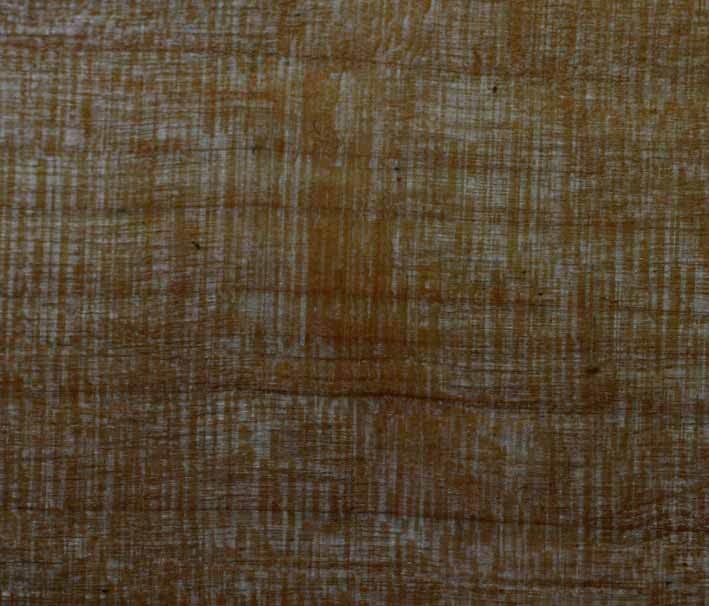OK I have been playing with a few bits of wood and taken a few pictures. I would say that this sort of visual identification can only ever be aproximate. There are a few species, Oak, Beech, Box, Elm, Ash where a visual ID can be pretty certain but for the majority a microscopic ID is the only way to get more than "it looks quite like this to me"
Anyway having said that lets have a look. I would suggest looking particularly at the rays as these are less variable, things like grain pattern change depending how the wood is cut, how fast it is grown etc, colour is hugely variable and depends an awful lot on size of the piece, how it was dried, oxidation,fungal activity etc. I have seen many prunus for example that were pale cream till they were over 6" diameter. Blackthorn, Prunus spinosa for instance. I have also seen bright red blackthorn what I am saying is colour is not a reliable way of identifying species.
Now some pictures, first a good radial surface of some alder showing the rays. I am sure this is not a match.
and here some rowan see how none of the rays are longer than 2 growth rings and how tiny they are. Compare that to the alder and the plum posted by Green Man where the meduleries are very long crossing many growth rings and being much more prominent.
and here is end grain and tangential surfaces.
My piece is quite slow grown, a small branch from an old tree in an exposed tree at altitude (outside my workshop) but I think comparing the rays I would be happy to say "the wood looks quite like rowan to me"
Now this goes to show how useful it can be to remember what wood you gather...I don't think I would have considered rowan if Spamel had not mentioned it, normally when small it is quite pale creamy wood and in texture very like apple.











